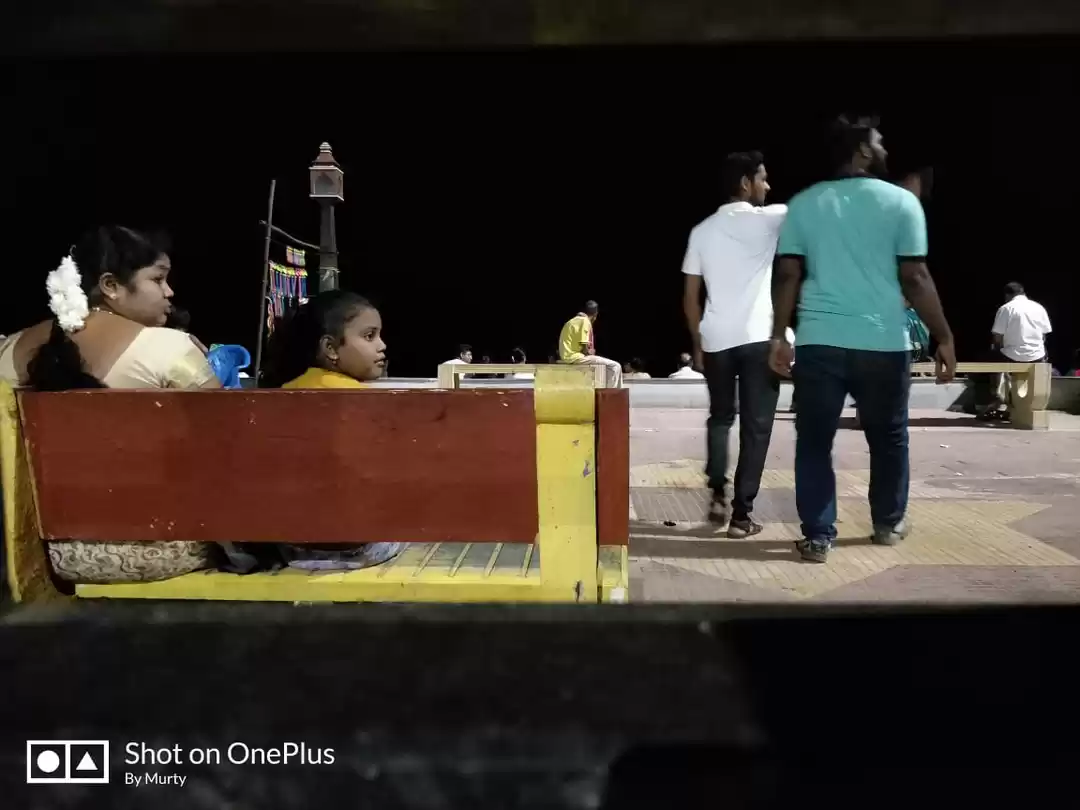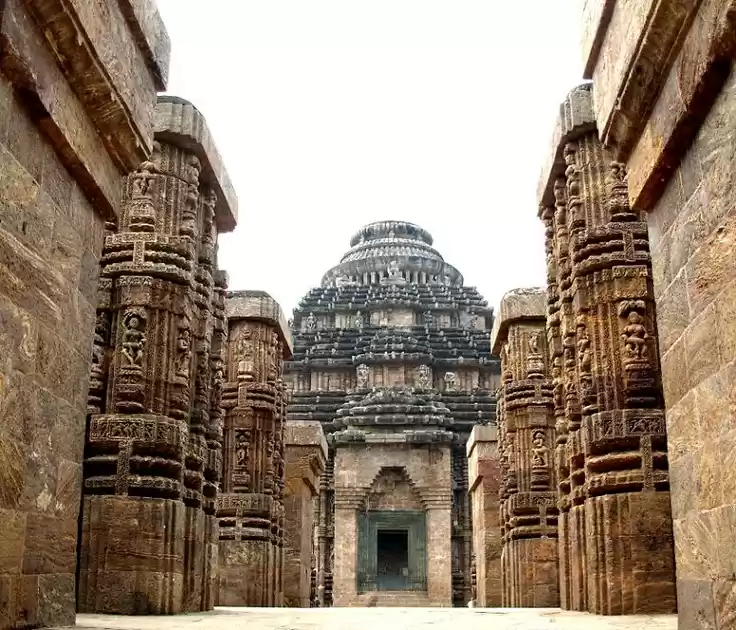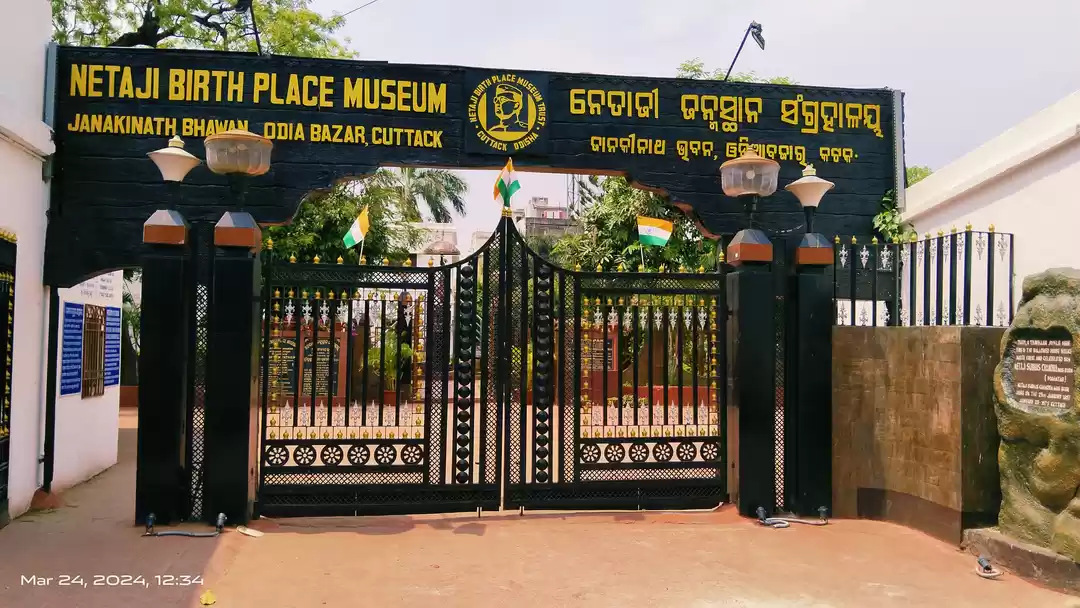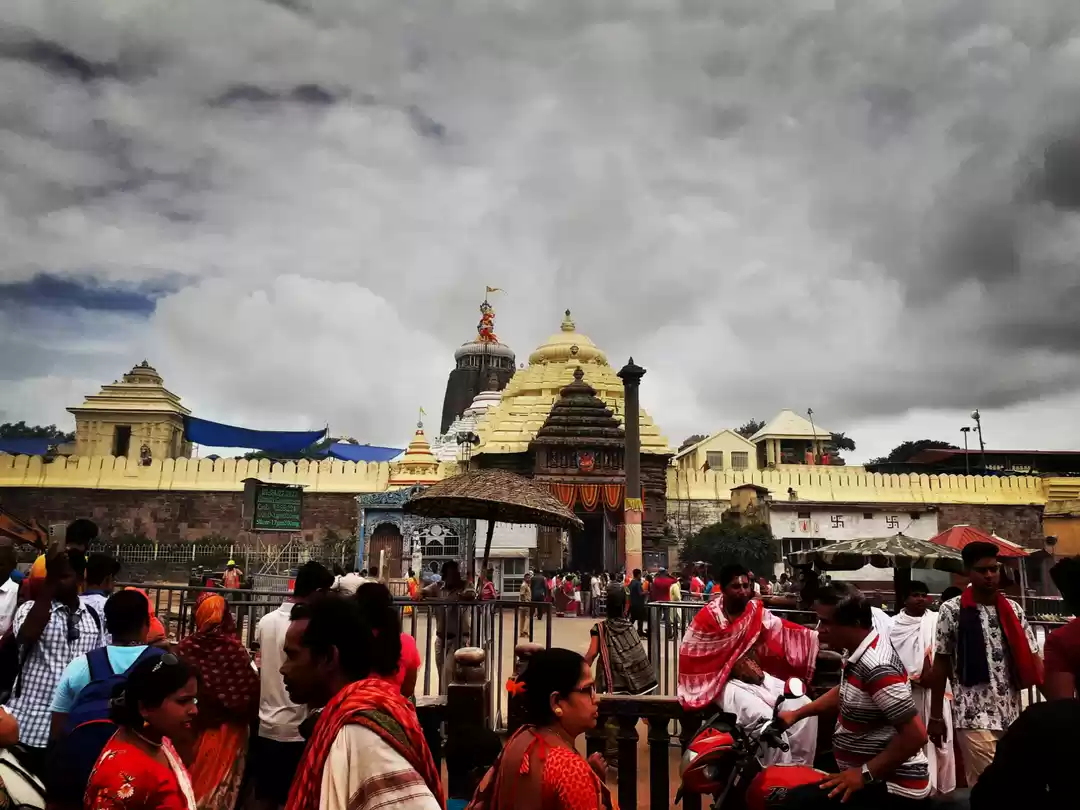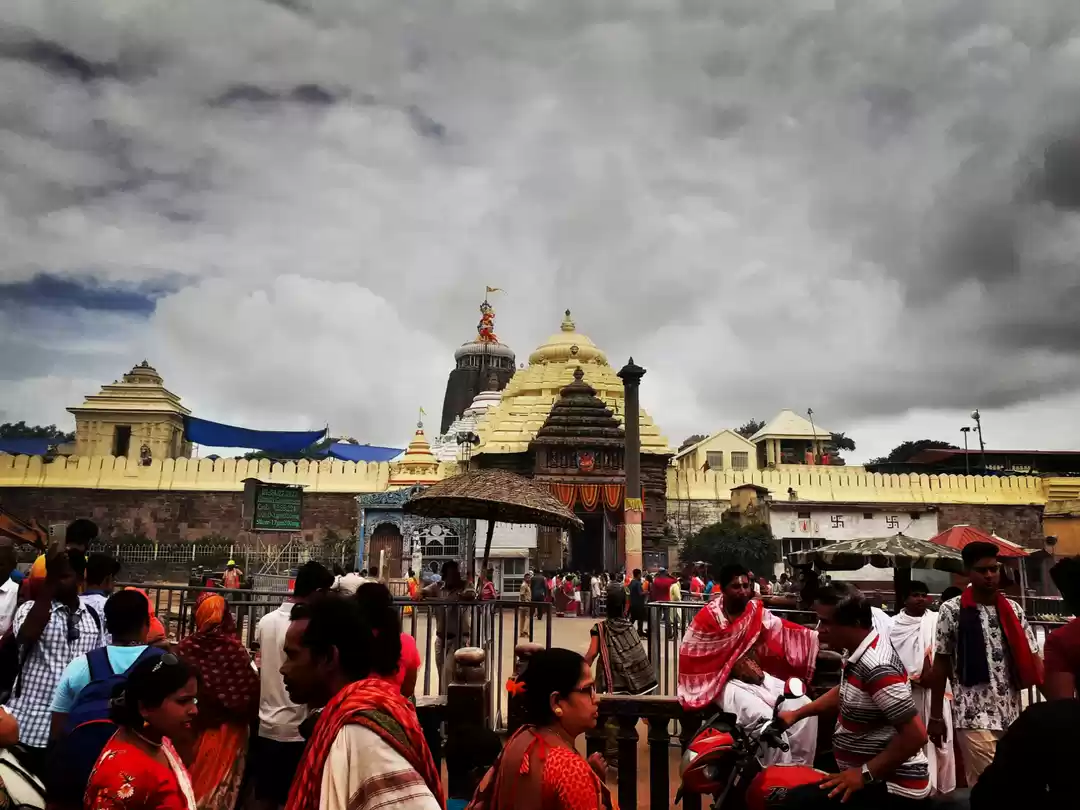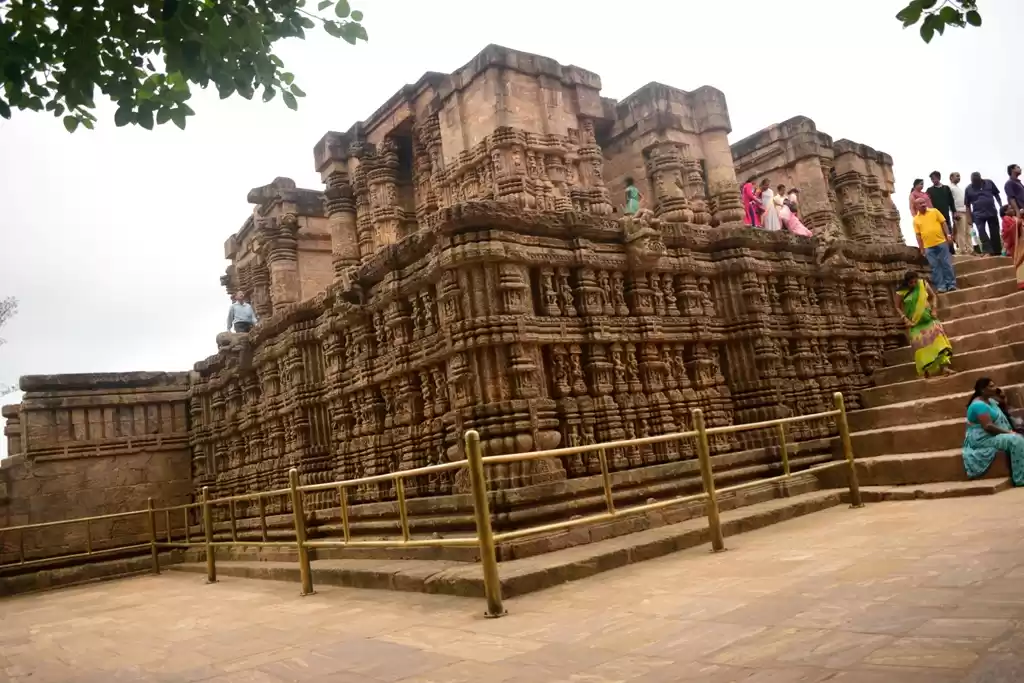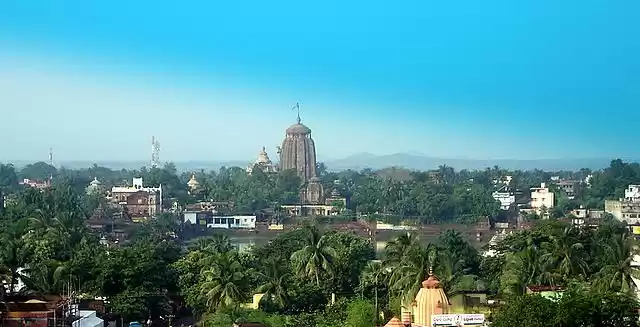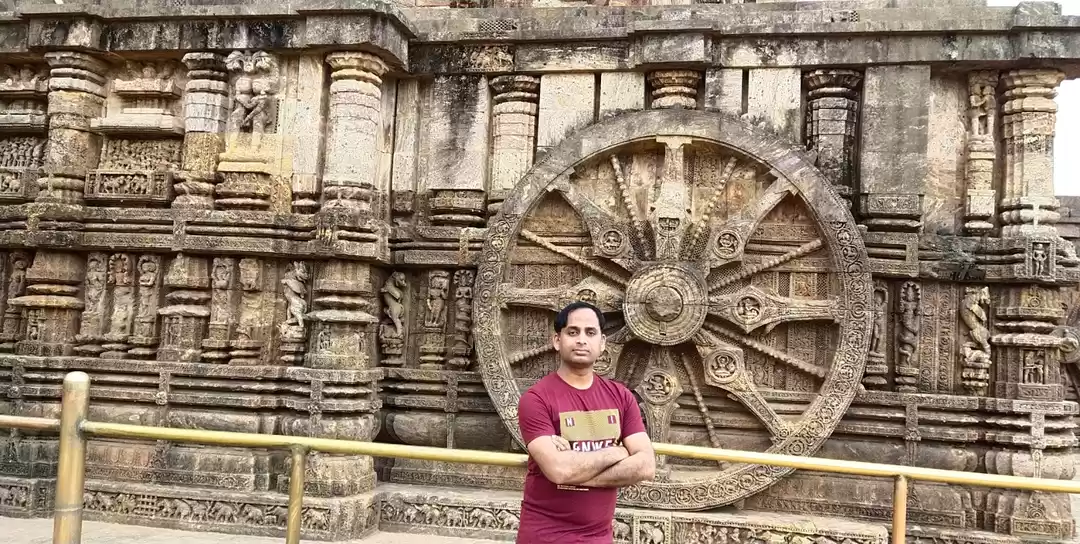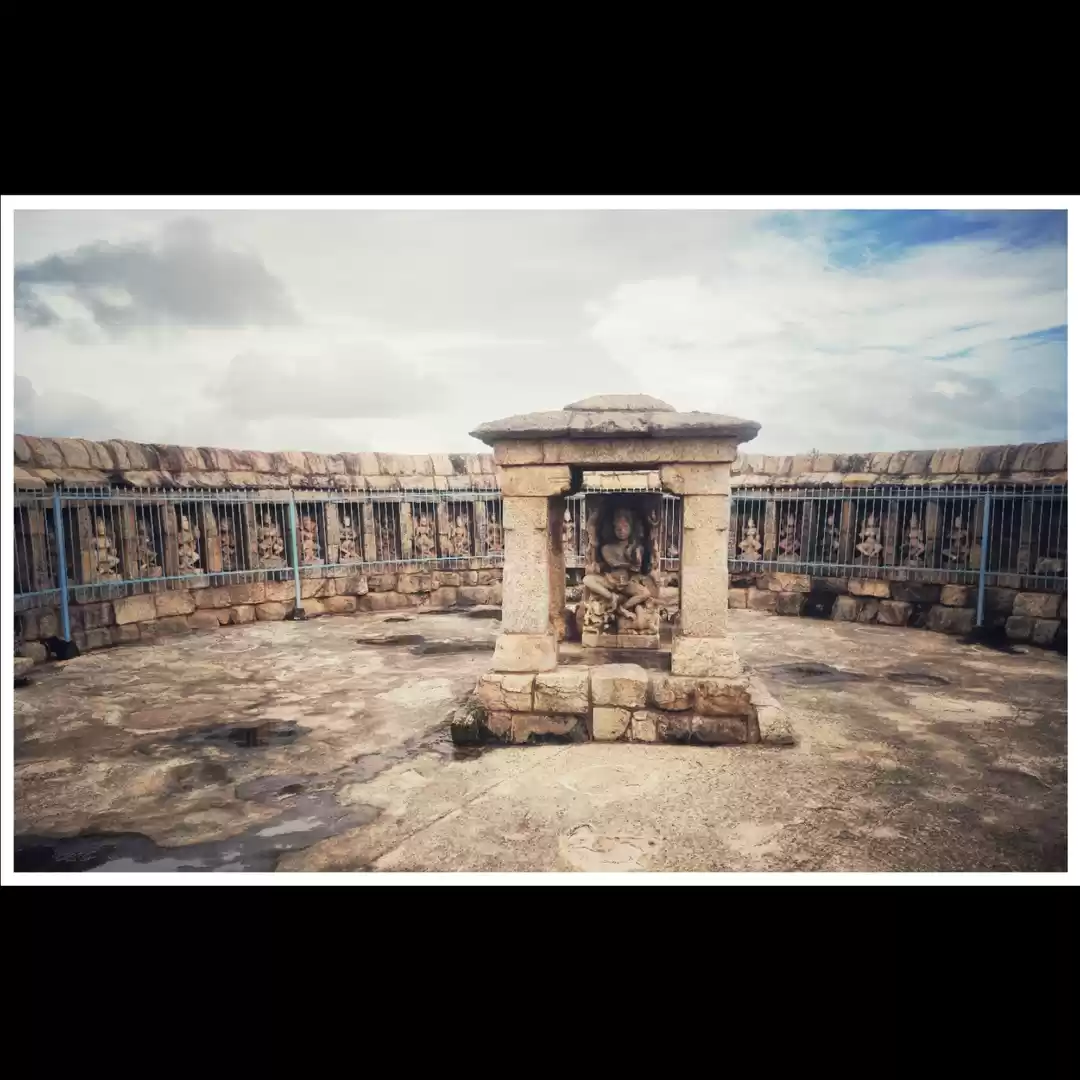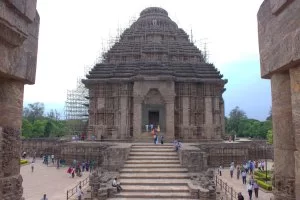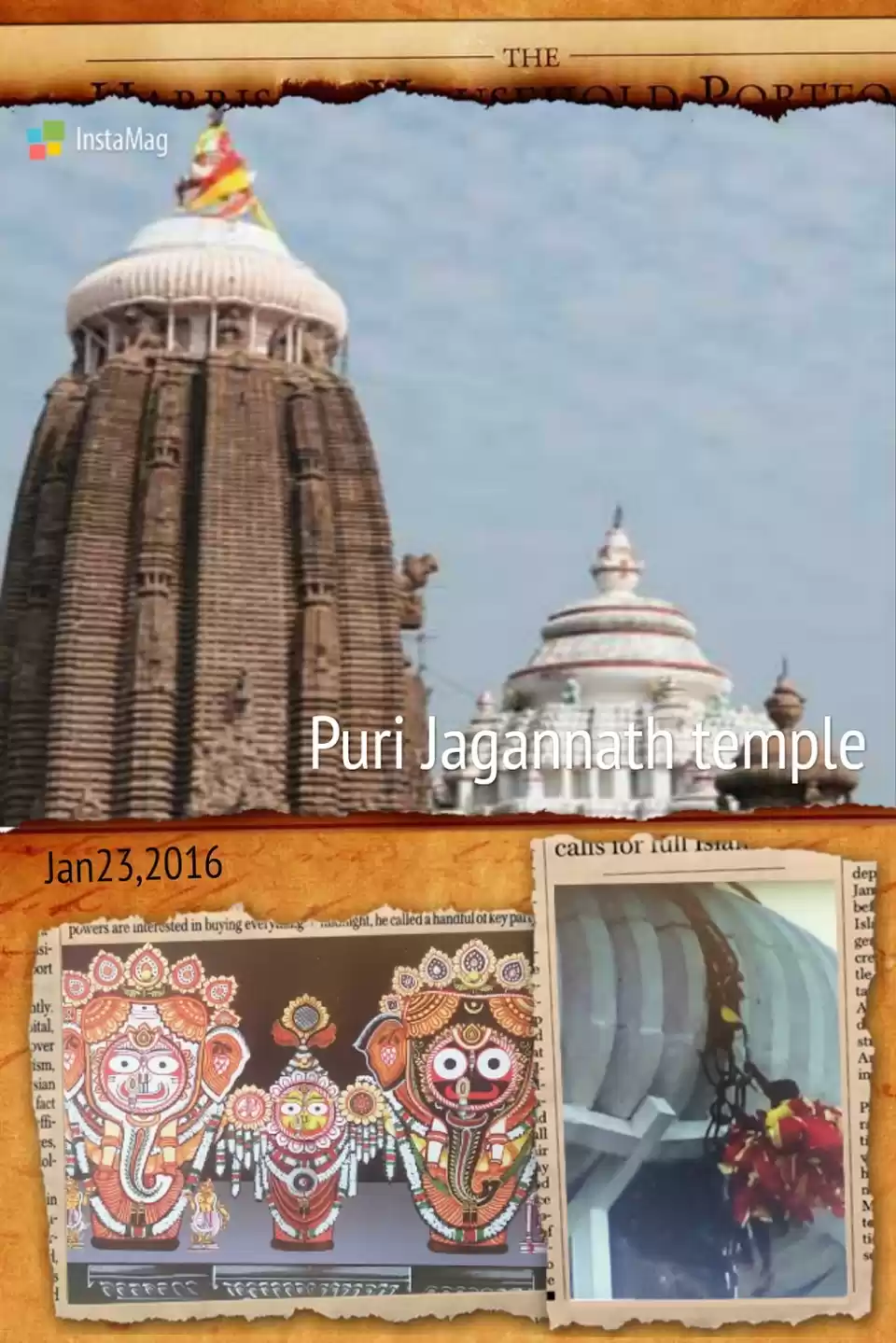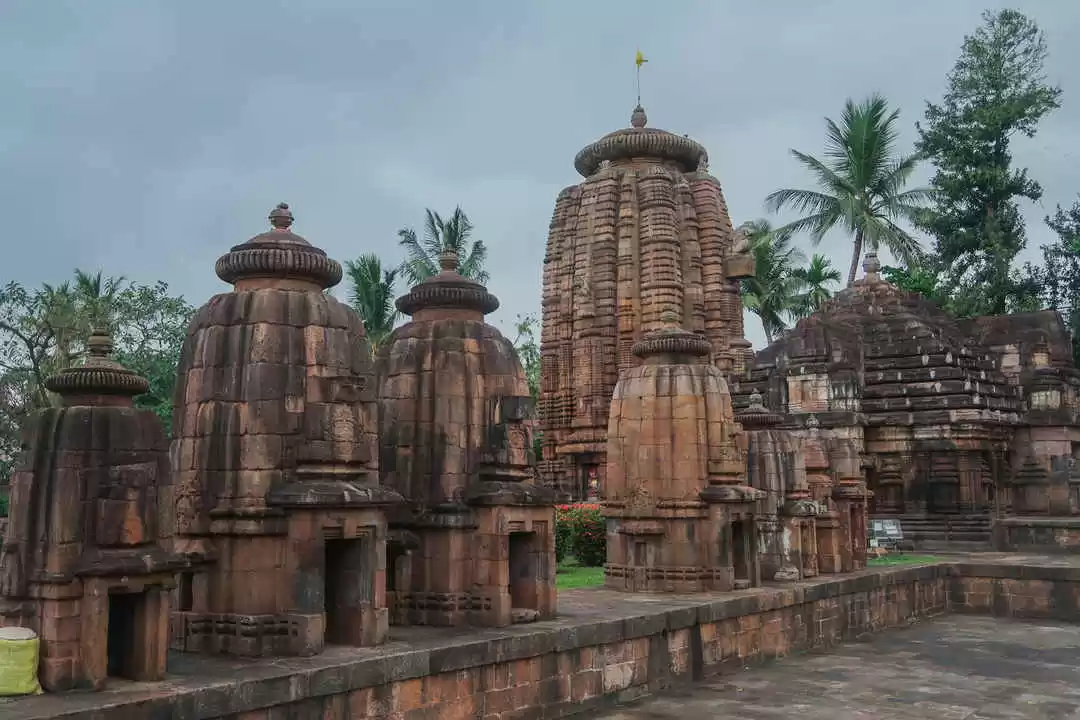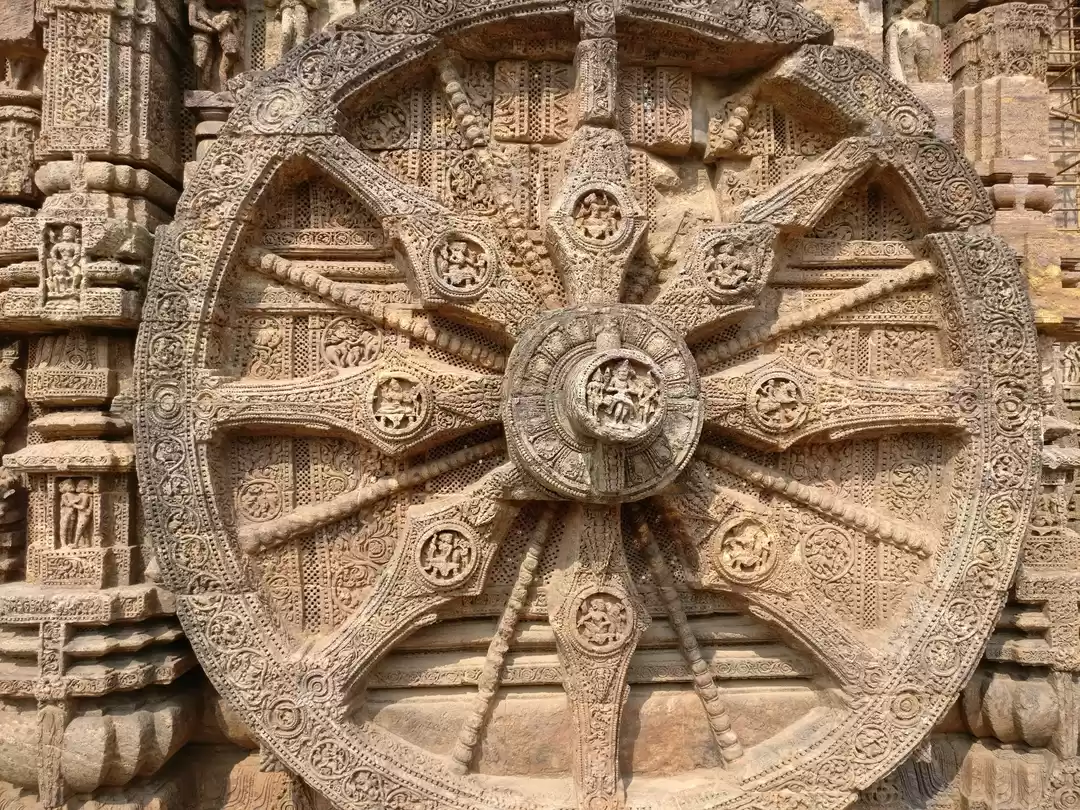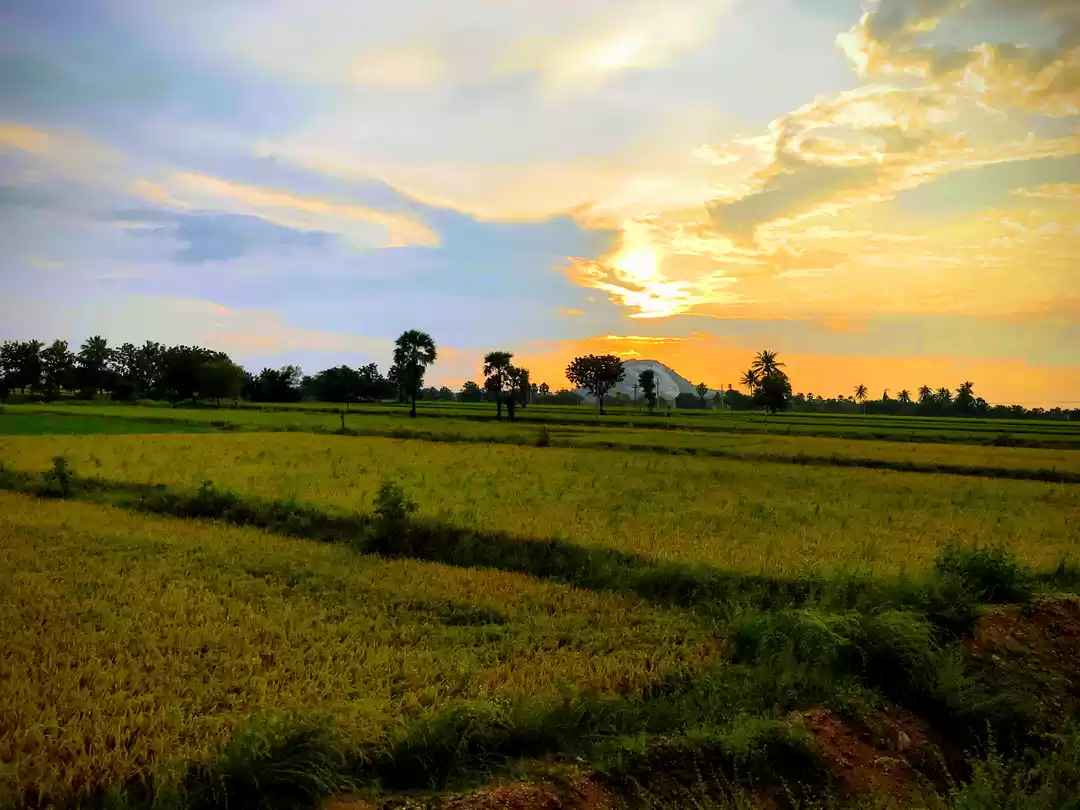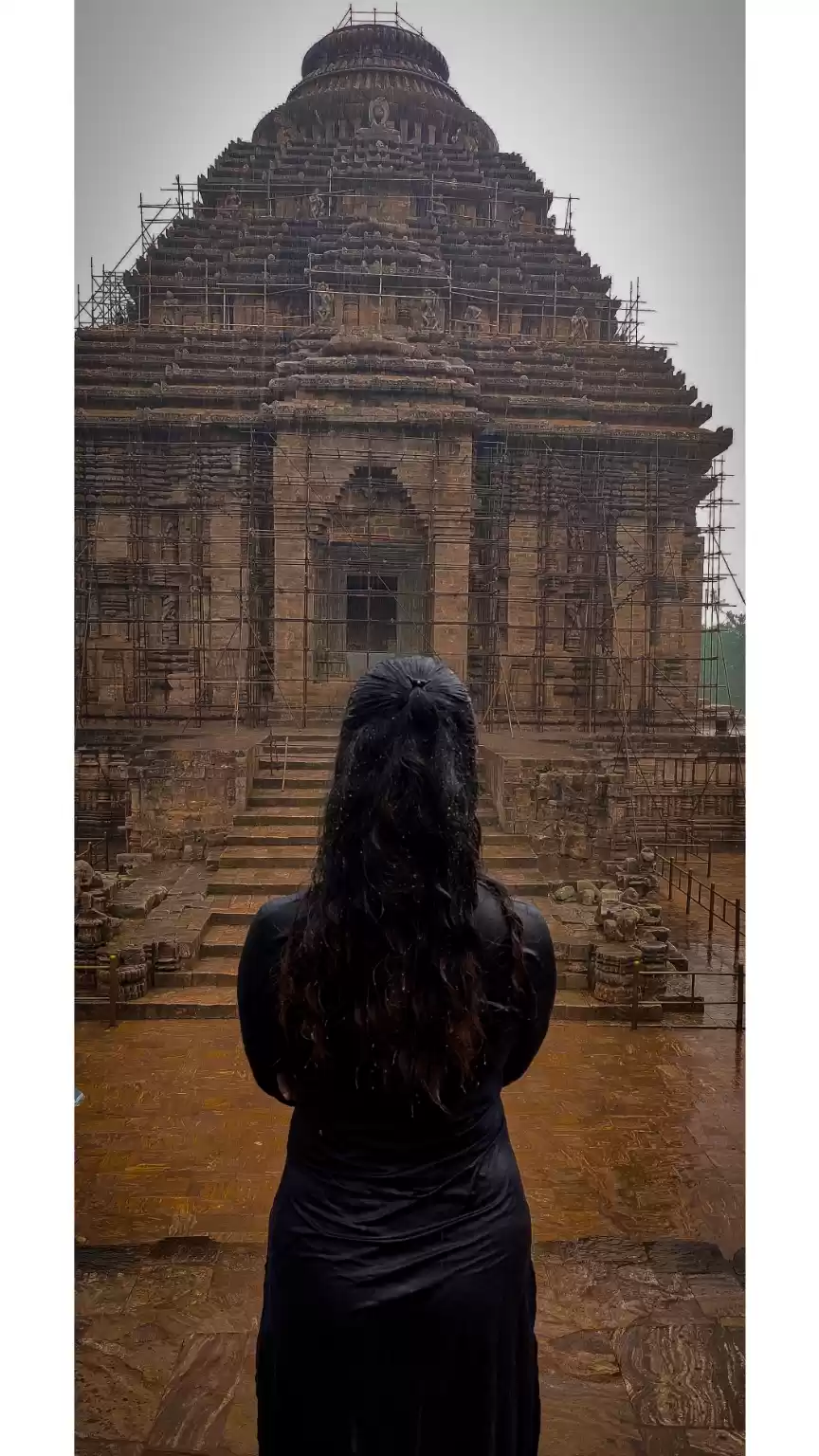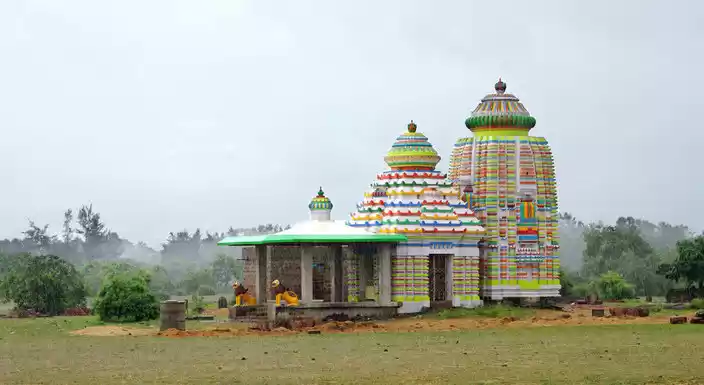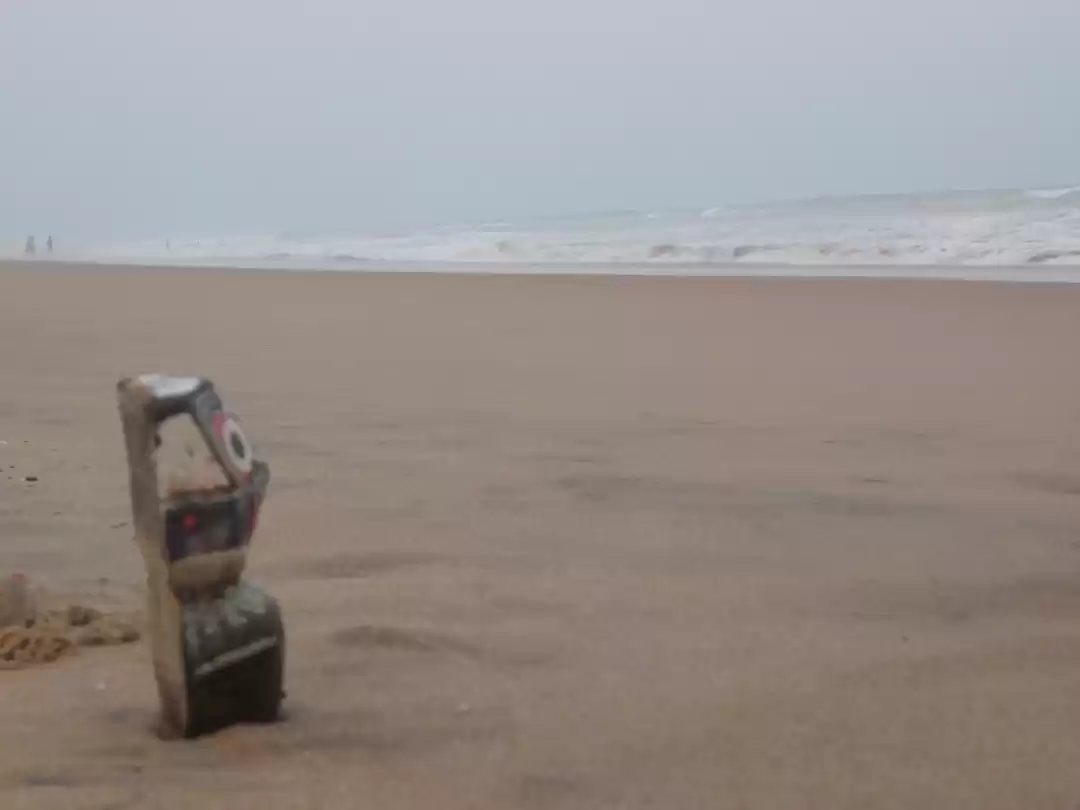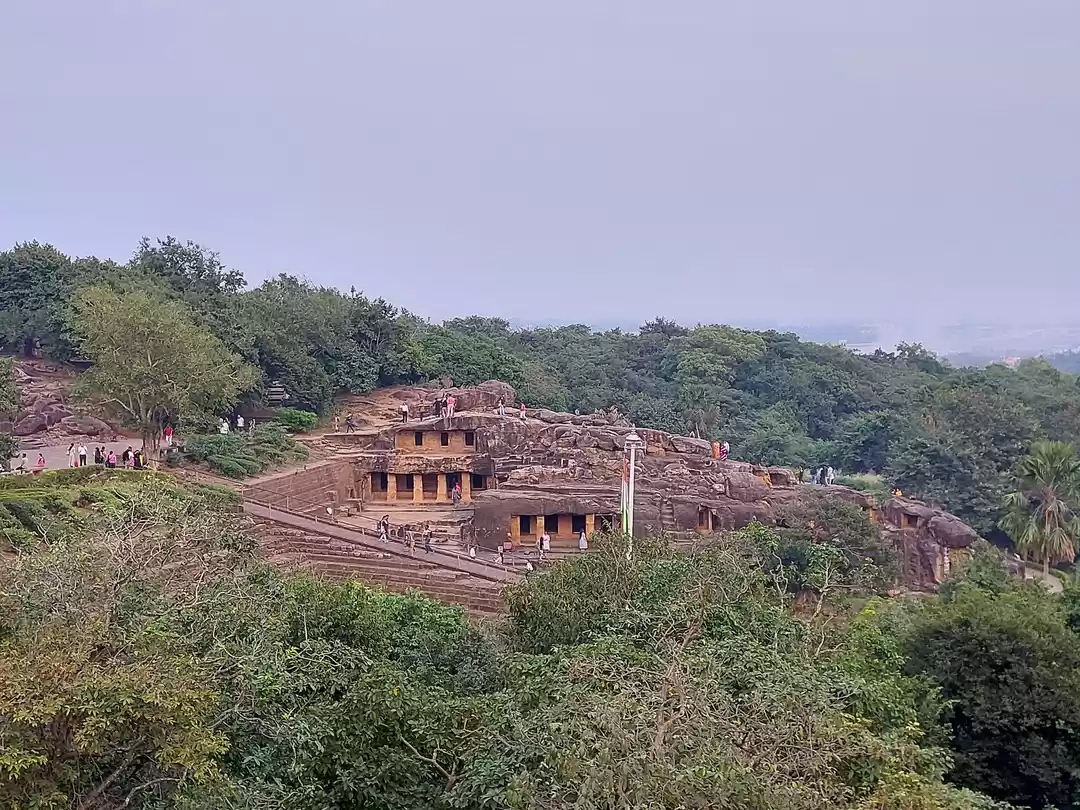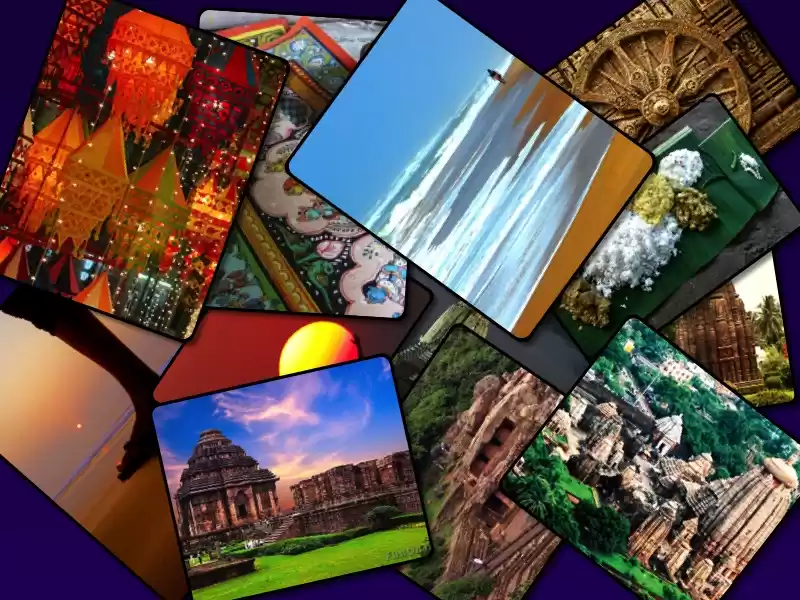
Not far from Puri, around 35 km away, and an hour’s drive is the Konark Sun Temple, an UNESCO World Heritage Site and a structure which has inspired awe in the hearts and minds of all the enlightened souls who have witnessed its sublime architecture. Konark Sun Temple is the perfect example of an era when the Kalingan architecture reached its pinnacle with its jaw dropping intricate works and geometric precision. Konark is one of the most beautiful tourist spots in the Eastern region of India.

History:
The Sun Temple was constructed towards the end of Odisha's temple-building phase in the 13th century by King Narasimha Deva I of the Eastern Ganga Dynasty (whose great grandfather renovated the Jagannath Temple in Puri). Dedicated to Surya the Sun God, it was made as his colossal cosmic chariot with 12 pairs of wheels pulled by seven horses (sadly, only one of the horses remains).
The temple is believed to celebrate glory of the Ganga Dynasty and the king's triumph over Muslim rulers of Bengal. Its many sculptures depicting war scenes and the king's activities support this.
However, it remained a mystery as to how the temple was built until the 1960s, when an old palm leaf manuscript was discovered. Its full set of 73 leaves comprehensively chronicled the temple's planning and 12 years of construction (from 1246 to 1258). The information is documented in a book, published in 1972, called New Light on Sun Temple of Konarka by Alice Boner, S. R. Sarma and R. P. Das.
Unfortunately, the Sun Temple's grandeur didn't last. It fell into ruin and the massive rekha deula tower that covered the shrine's inner sanctum eventually collapsed. Although the exact time and cause of the destruction remains unknown, there are plenty of theories about it such as invasion and natural disaster.
The temple was last documented as being intact in the 16th century by Abul Fazal in his account of Emperor Akbar's administration, Ain-i-Akbari. 200 years later, during the reign of the Marathas in Odisha in the 18th century, a Maratha holy man found the temple abandoned and covered in overgrowth. The Marathas relocated the temple's Aruna stambha (pillar with Aruna the charioteer seated atop it) to the Lion's Gate entrance of the Jagannath Temple in Puri.
British archeologists became interested in the temple in the 19th century, and they excavated and restored sections of it in the 20th century. The Archeological Survey of India continued the works after it took over responsibility for the temple in 1932. The temple was subsequently listed as a UNESCO World Heritage Site in 1984. Another round of extensive restoration works commenced in 2012 and are ongoing.

The temple is open daily from sunrise until sunset. It's worth getting up early to see the first rays of dawn evocatively illuminate its main entrance and to avoid the crowds.
Tickets cost 40 rupees for Indians and 600 rupees for foreigners. There's no charge for children under 15 years of age. Tickets can be purchased at the ticket counter at the entrance to the monument or online here (select Bhubaneshwar as the city).
The cooler dry months, from November until February, are the best time to go. Odisha gets extremely hot during the summer months, from March until June. The monsoon season follows, and it's also humid and uncomfortable then.
If there's anywhere you should hire a guide in India, it's at the Sun Temple. The temple is steeped in mysterious myths, which a guide will help unravel. Government-licensed guides cost 250 rupees per hour, and you'll find a list of them near the ticket booth at the temple entrance. The guides will approach you there, as well as inside the temple complex.
Before visiting the temple, it's worth stopping by the new state-of-the-art Konark Interpretation Center, which opened in early 2018. It provides a great deal of information about the temple and Odisha, plus clean public toilets (the ones at the temple complex are avoidable) and a cafeteria. There's an entry fee of 30 rupees.




